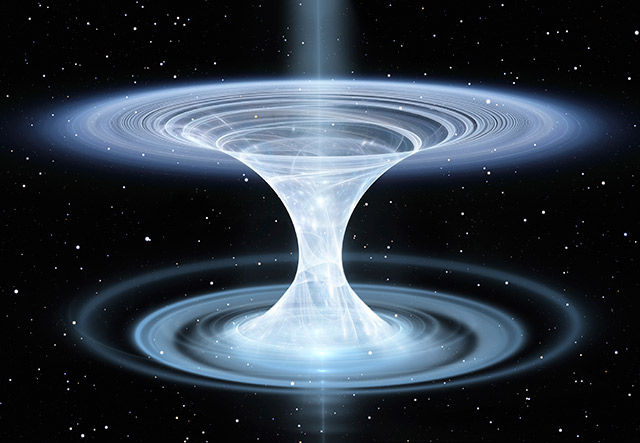As it was, the Europeans had their hands full trying to understand the strange behavior of the electron. The principal problem they faced was that the electron sometimes behaved like a particle and sometimes like a wave. This impossible duality drove physicists nearly mad. For the next decade all across Europe they furiously thought and scribbled and offered competing hypotheses. In France, Prince Louis-Victor de Broglie, the scion of a ducal family, found that certain anomalies in the behavior of electrons disappeared when one regarded them as waves.

The observation excited the attention of the Austrian Erwin Schrodinger, who made some deft refinements and devised a handy system called wave mechanics. At almost the same time the German physicist Werner Heisenberg came up with a competing theory called matrix mechanics. This was so mathematically complex that hardly anyone really understood it, including Heisenberg himself ("I do not even know what a matrix is ," Heisenberg despaired to a friend at one point), but it did seem to solve certain problems that Schrodinger's waves failed to explain. The upshot is that physics had two theories, based on conflicting premises, that produced the same results. It was an impossible situation.











